5 Common Mistakes to Avoid with Hard Money Loans
Hard money loans are a popular option for borrowers to quickly fund real estate projects with minimal documentation. However, these loans come with...
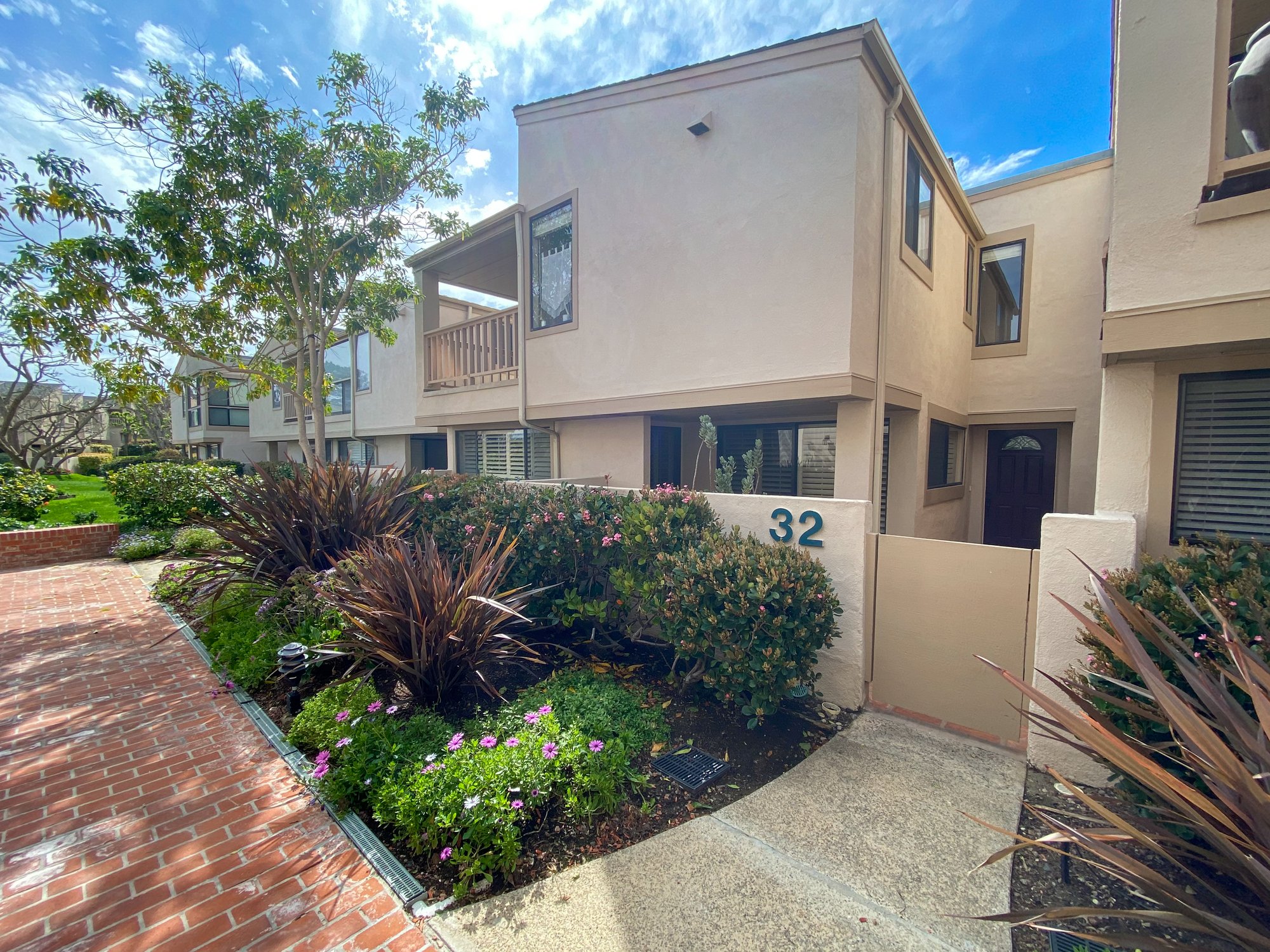
If you’re new to hard money lending, you’re probably not aware of the many different types of hard money loans real estate investors regularly use to finance new acquisitions and renovate existing properties. This growing segment of the mortgage market continues to provide capital for properties that aren't bank-financeable due to their condition or high vacancy rates. Though hard money loans are used all the time, outside the real estate industry they're not widely known or understood.
This blog post will cover the different types of hard money loans used by real estate investors, including:
Let’s get started…
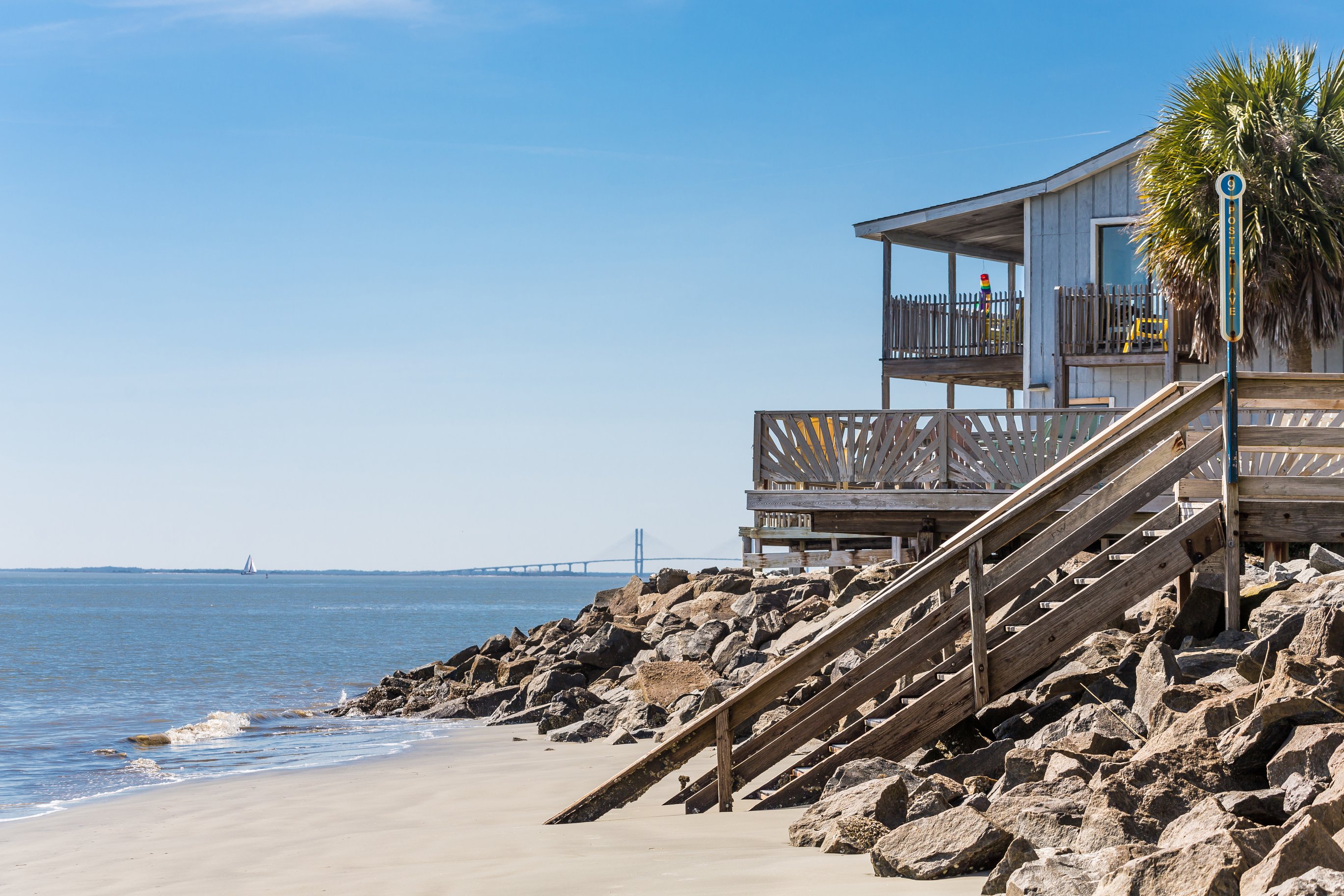
A hard money bridge loan is a short-term loan with a 6-24-month term ending in a balloon payment. Bridge loans can close in as quickly as 24 hours but usually take 7-14 days. Real estate investors use bridge loans for a wide variety of purposes, including to:
I could probably expand this list from six to 100 different ways investors use hard money bridge loans. There are so many unique situations that arise in real estate. Hard money bridge loans help investors solve a problem or act quickly on a new opportunity that requires a fast closing.
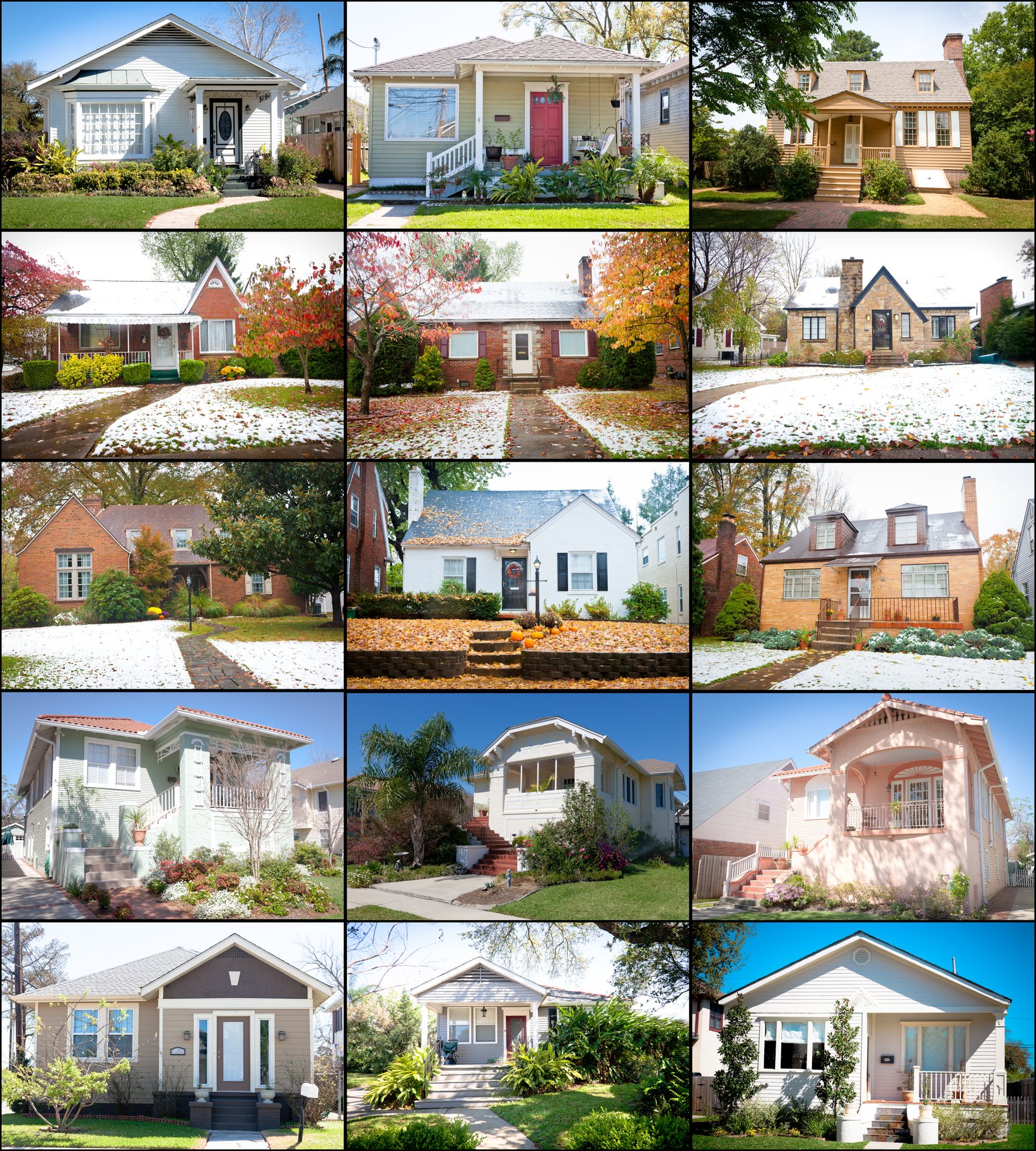
Cross-collateral blanket loans, also called multi-property loans, consist of one Note (loan) secured by two or more properties. At FCTD, we originate several cross-collateralized loans for borrowers each month, using one of their properties that has significant equity as additional collateral for a zero to 10% down payment on a new purchase, or to obtain a cash-out refinance. The subject property may have 90% to 100% Loan-To-Value (LTV) but when combined with the additional collateral, the Combined Loan-To-Value (CLTV) is between 50-65% CLTV.
Below are a few examples of recent cross-collateral blanket loans:
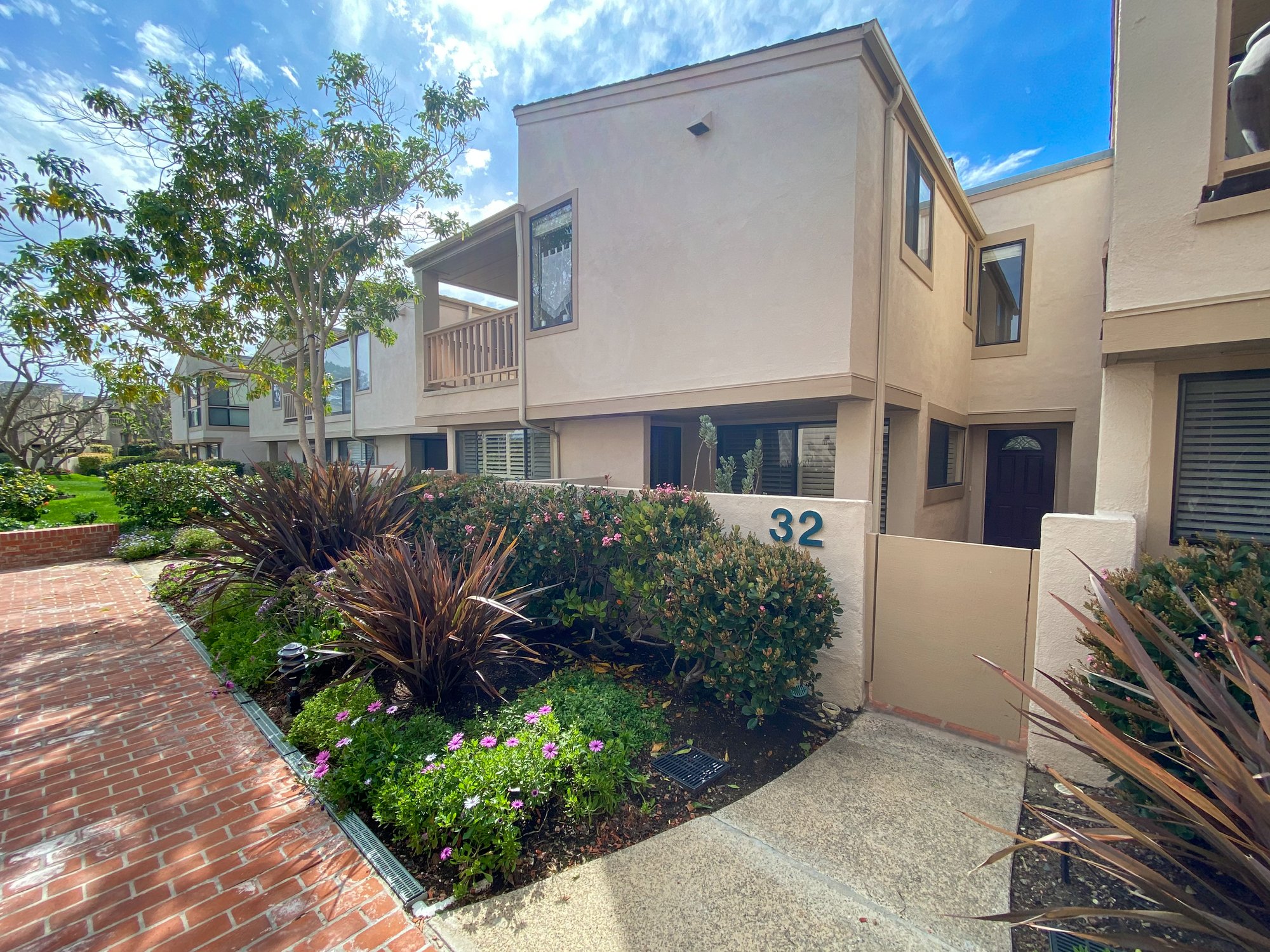
Hard money commercial loans are used by investors to finance:
Commercial loan terms range from six months to 15 years, depending on the property and situation. For example, FCTD has originated several loans on both cannabis grow and retail buildings with 15-year fully amortizing loans. These longer term loans were better for the borrowers than 24-month terms, where they’d have to pay fees to either extend the loans or finance through new lenders.
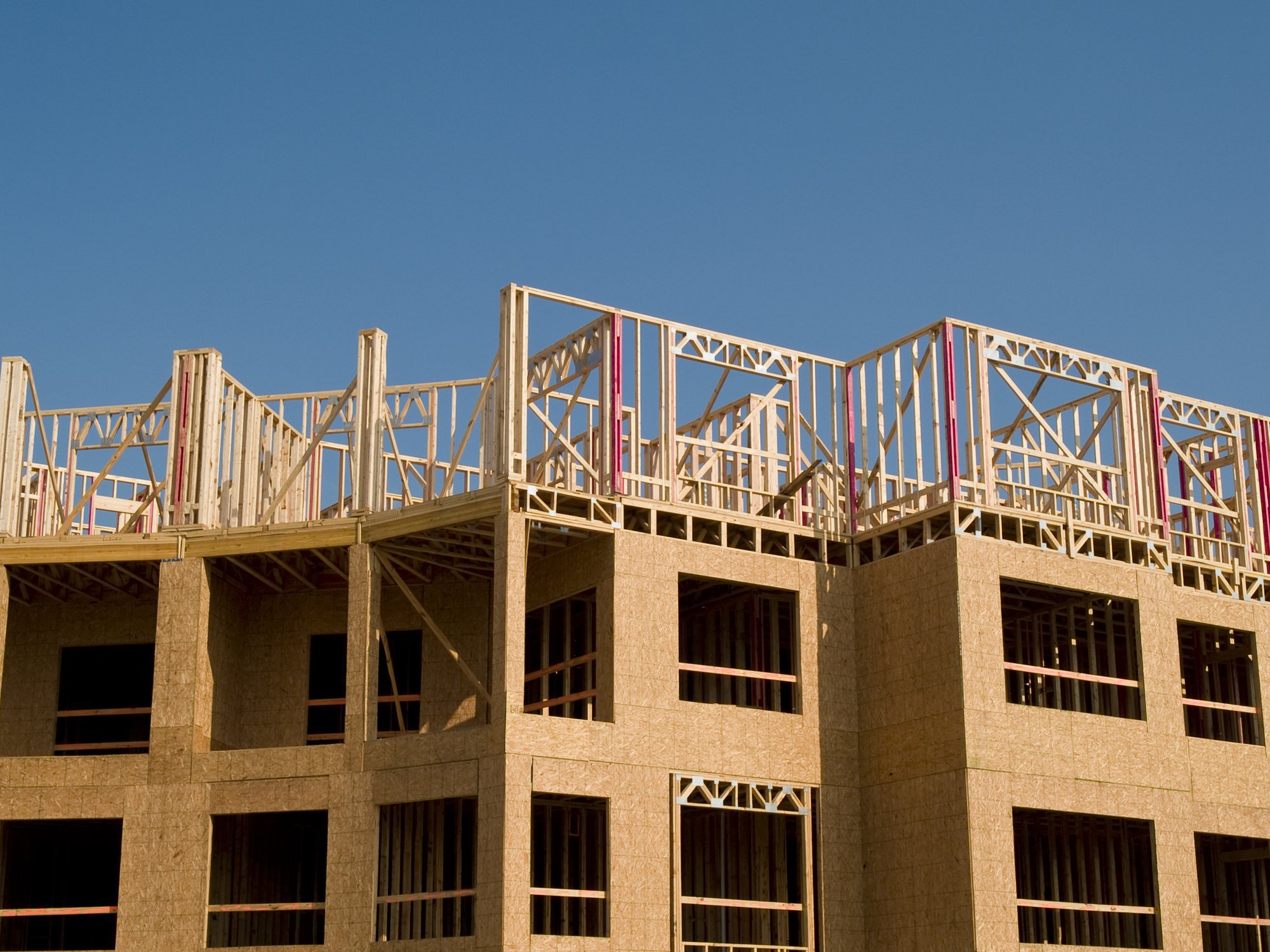
Hard money construction loans can be used for both residential and commercial properties. On the residential side, real estate investors use them to build apartment buildings, single family spec homes and subdivisions. For commercial construction, FCTD has originated hard money loans to build warehouses, retail, office and cannabis grow facilities.
Many real estate investors prefer hard money construction loans because they can be easier to obtain and are often funded in as little as two weeks. In comparison, bank construction financing can take 30-90 days, depending on the scope of the project.
Recently funded scenarios:
The one thing we can't fund is owner-occupied hard money construction loans, which are best served by banks offering these loans.
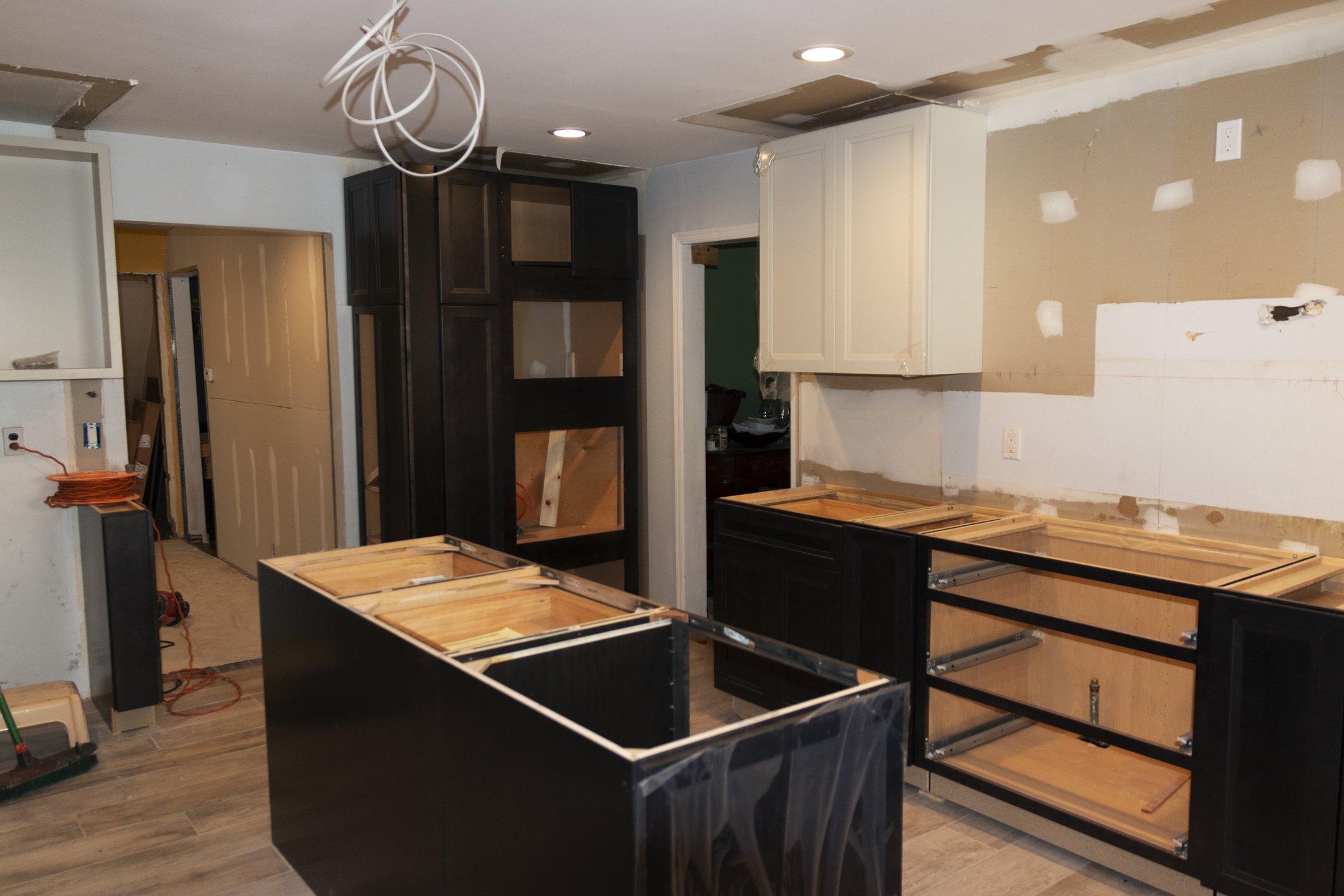
Fix and flip loans are exactly what they sound like. Real estate investors acquire fixer-uppers funded by a hard money loan for the acquisition and rehab, or renovation, of the property.
The hard money lender usually provides 75-85% LTV on the purchase and 80-100% of the rehab financing. This kind of leverage allows a highly skilled investor to manage more projects at once.
Below are a few recent fix and flip scenarios:
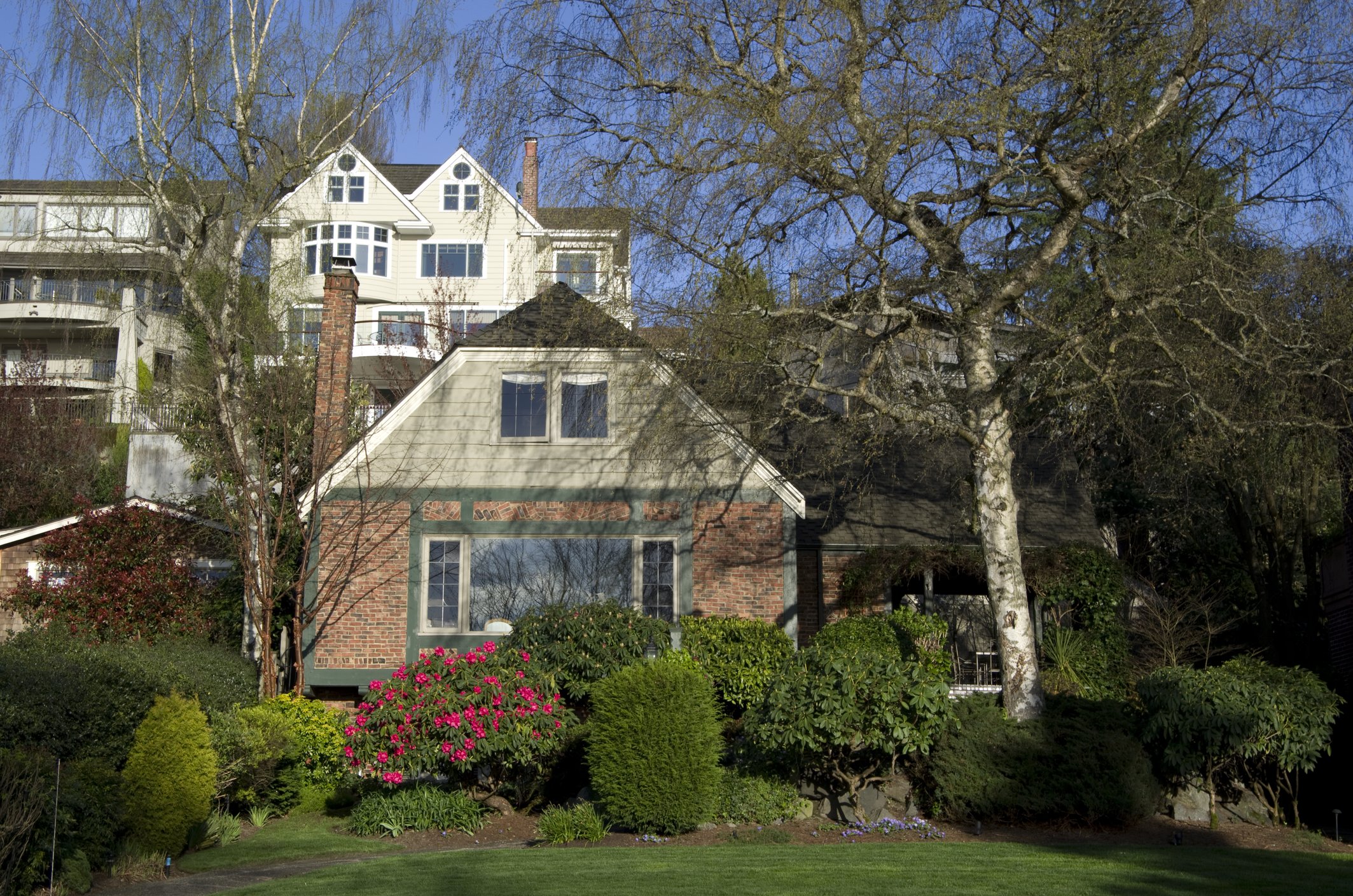
While owner-occupied hard money loans are often sought by home buyers with credit challenges, most are given to highly qualified borrowers facing last-minute underwriting conditions requiring a short-term hard money loan over bank financing.
Owner-occupied loans, or consumer purpose loans for a primary residence, are a very small percentage of all hard money loans across the industry — around 5-10%. (Read more about consumer purpose business loans versus business purpose loans.)
For people with bad credit, it’s best to wait to buy a house until you’ve improved your score enough to qualify for an FHA, VA or conventional loan, which offer low down payment programs.
Most owner-occupied hard money loans go to highly qualified borrowers with excellent credit, income and reserves, at least a 30% down payment, and a clear exit strategy to pay off the short-term hard money within one year.
Below are a few recent examples of owner-occupied hard money loans:
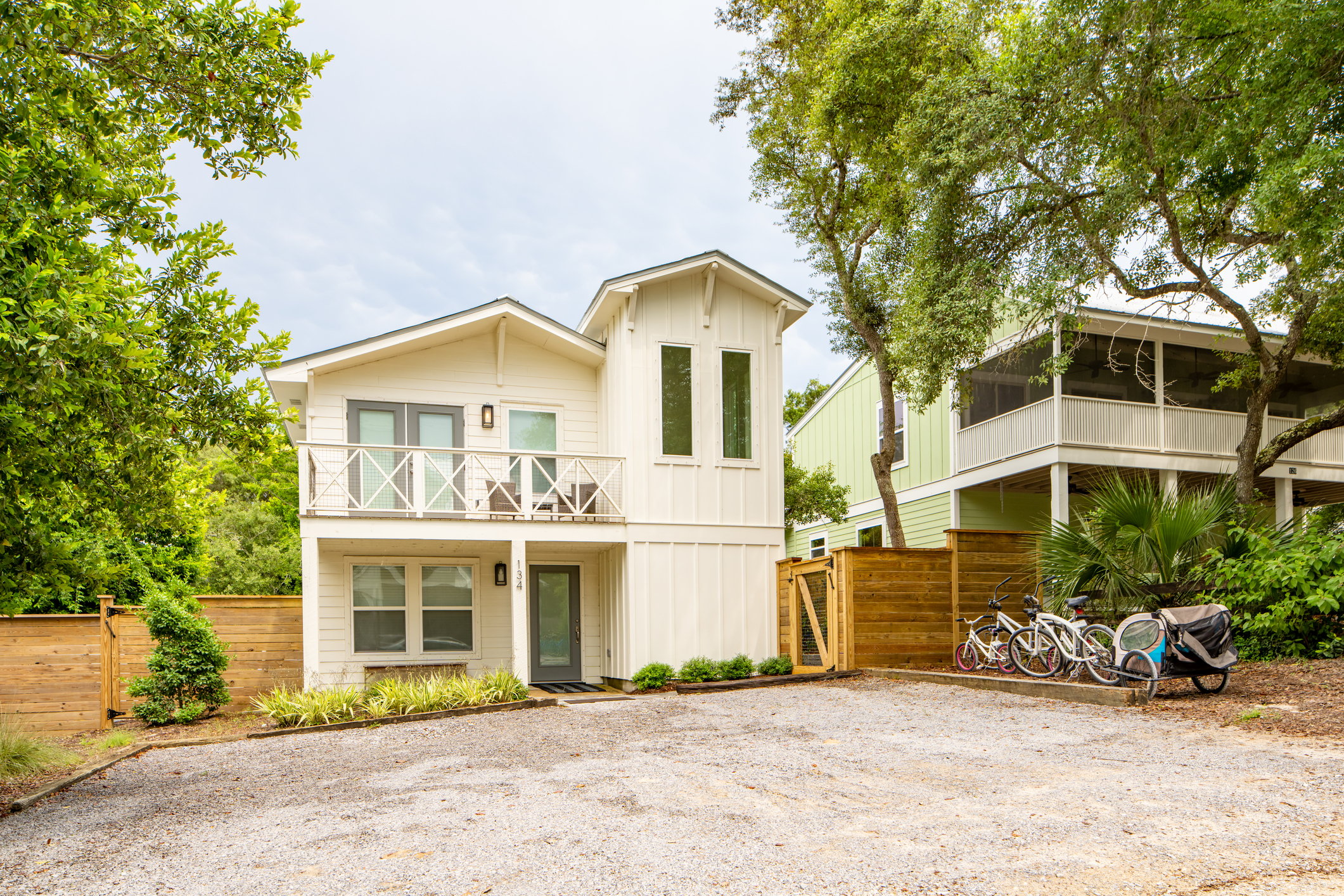
Hard money loans for rental properties range from short-term bridge loans up to five or even 15-year loans. Ideally, we want borrowers to use hard money on rentals for 6-24 months, but some situations call for longer periods, including:
Longer-term hard money on rentals is not ideal, but it does happen. I spend most of my time on takeout financing, getting FCTD’s borrowers out of hard money and into 30-year bank, conventional or NonQM loans for their rental properties.
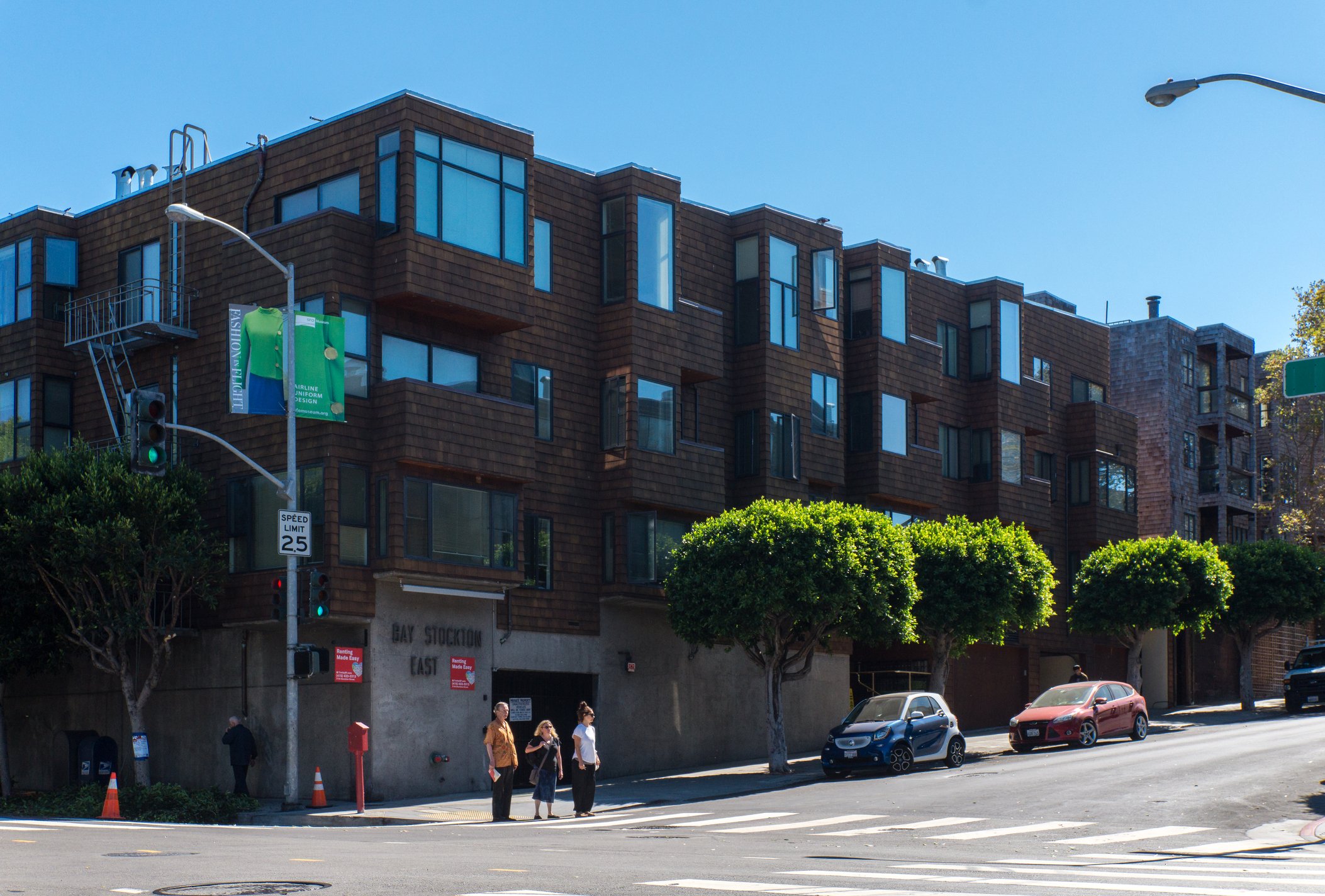
Hard money second and third mortgages are mostly for rental properties or a cross-collateral situation. FCTD has originated second, third and even a few fourth trust deeds over the years for long-time real estate investor clients with a delay in their current project, but a need to close quickly on their next. We use the significant equity position from one of their properties, or multiple properties, to get them the second, third or fourth mortgage.
Second mortgages carry a higher interest rate, in the 11% to 13% range (probably higher in 2023 as interest rates are expected to rise), last 12-36 months, have higher upfront costs than first trust deeds and 60-65% CLTV.
In California, FCTD can originate second mortgage HELOCs against a primary residence or investment property if the funds are for business purposes only.
Outside California, second mortgages will have a lower CLTV, in the 50-55% range, since the majority of FCTD’s trust deed investors are based in California and not as familiar with the real estate markets in other states.
Conclusion
There are several different types of hard money loans used by real estate investors for a range of purposes. Most hard money loans are secured by investment properties, while a much smaller percentage are for consumer purposes. As a mortgage broker, FCTD works with a diverse group of borrowers with specific financing needs, which, over the years, can include four or five of these different types of loans. For me, this is what makes the hard money lending niche in the mortgage market so interesting and enjoyable!
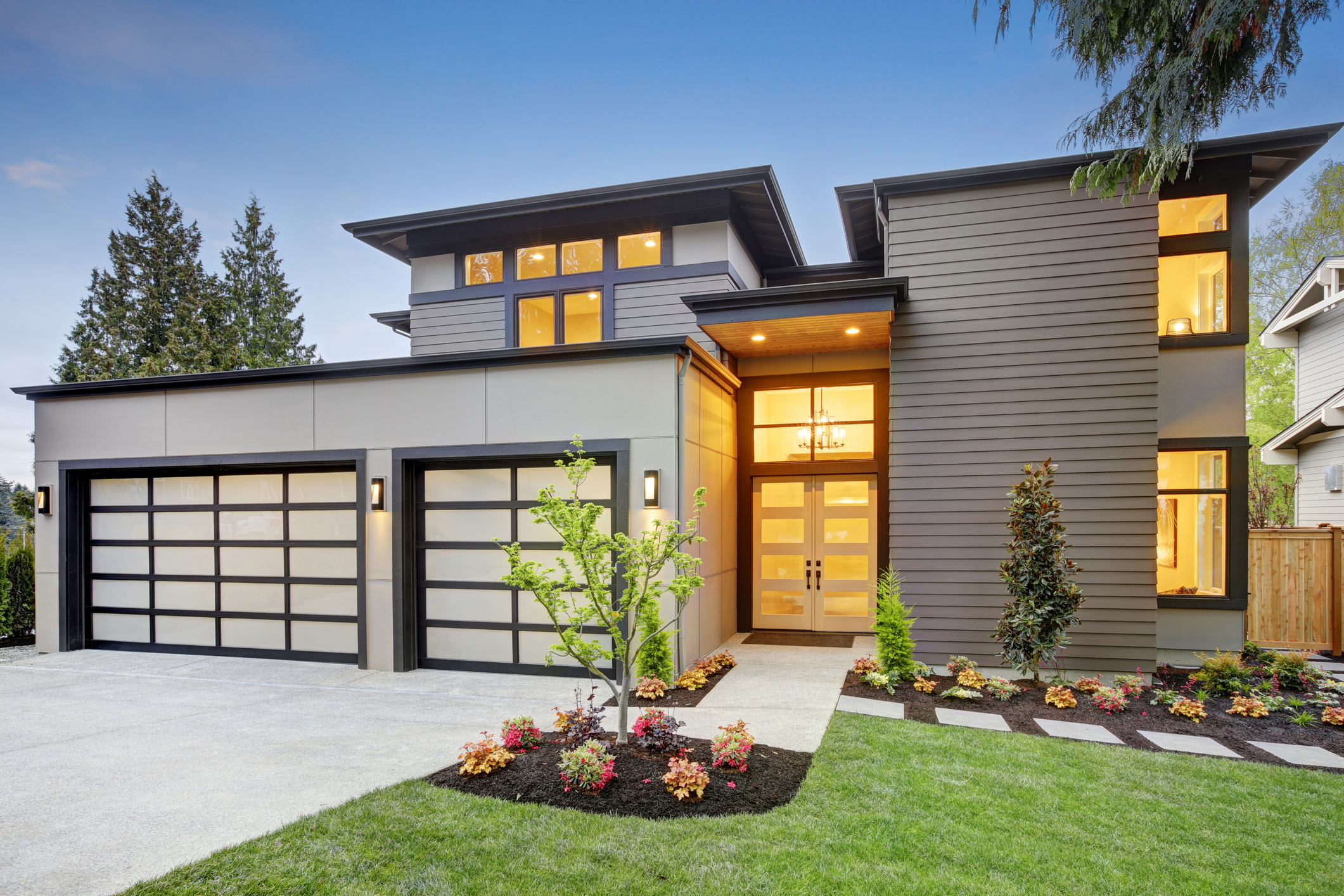
Hard money loans are a popular option for borrowers to quickly fund real estate projects with minimal documentation. However, these loans come with...
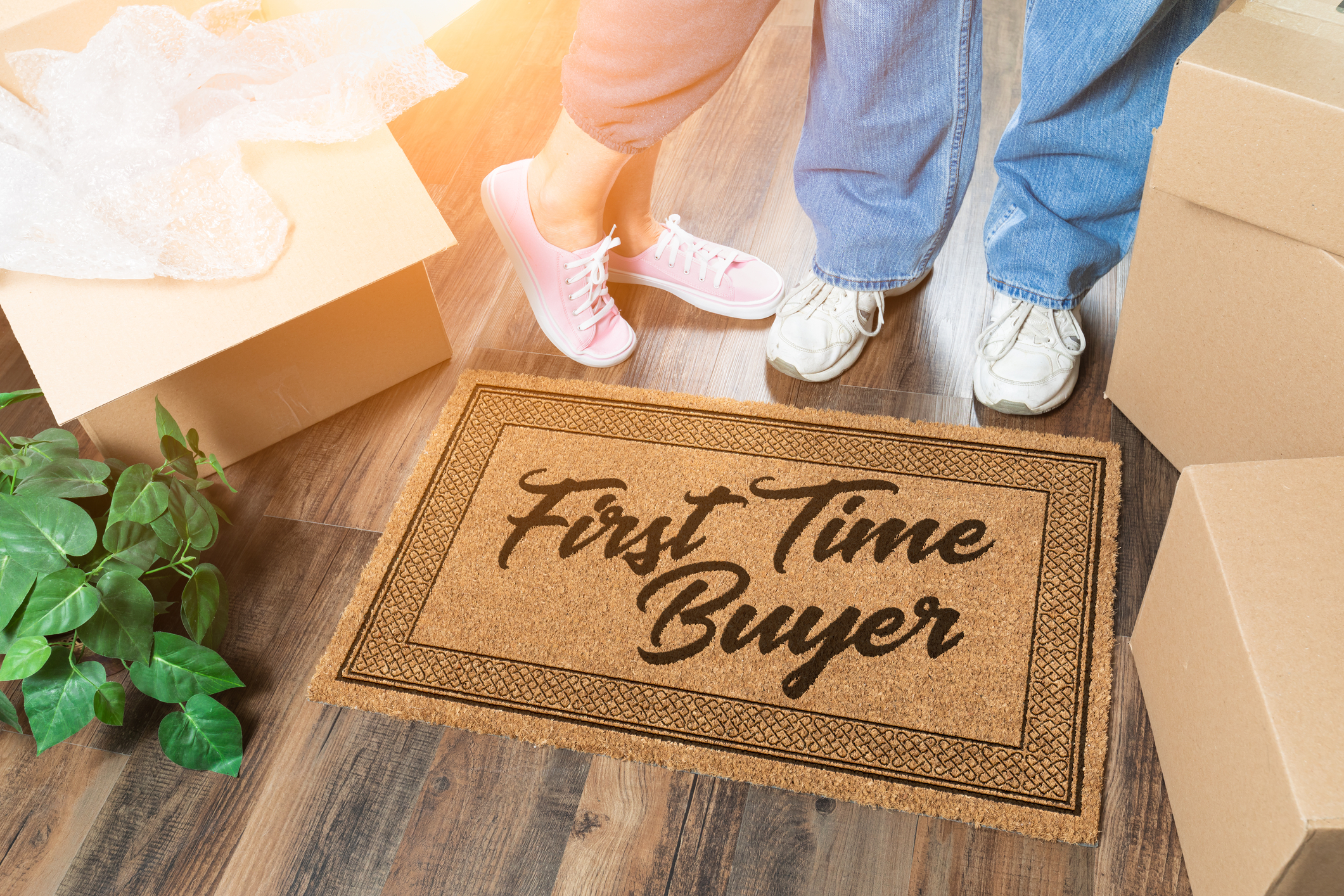
Every week, FCTD receives inquiries from people who are not good matches for hard money loans. It's important to remember that hard money loans are...
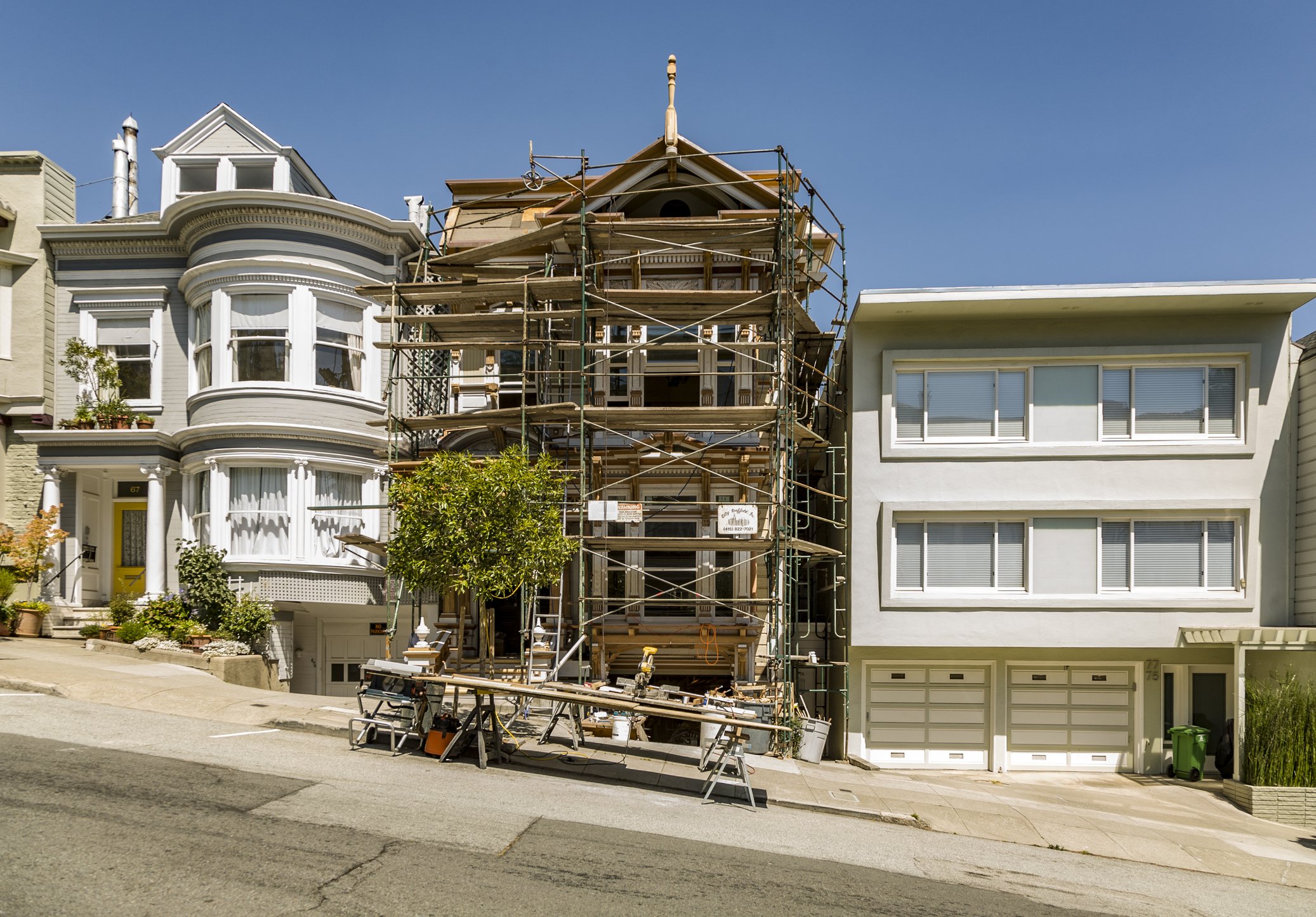
If you’re seeking private financing for your real estate project, be aware that most hard money loans have a document called a Personal Guaranty....